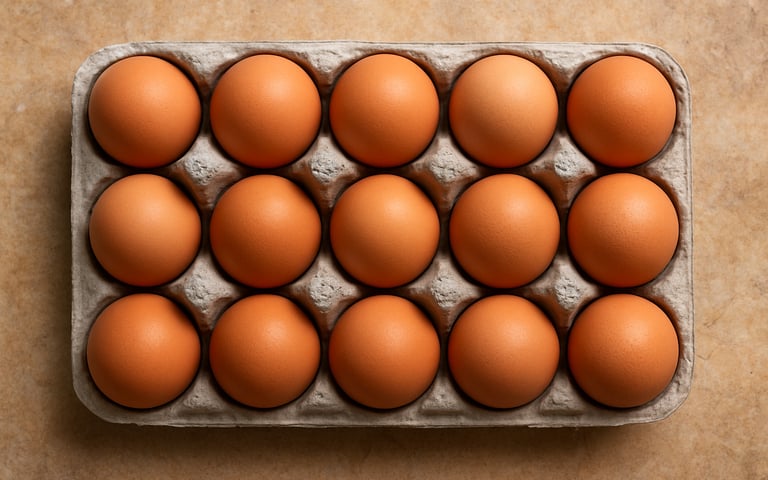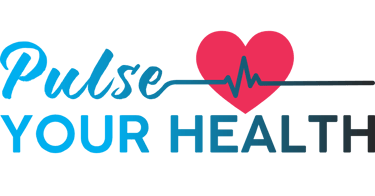Stay updated on what is trending in health. Discover tips and resources for a healthier, balanced life.
Salmonella: What You Need to Know to Stay Safe
Learn about salmonella – causes, symptoms, and prevention tips. Discover how it spreads through chicken, eggs and other foods, and how to keep your family safe
DISEASES AND CONDITIONS
Dr. S Ali
8/30/20254 min read


Ever heard someone say they got “food poisoning” from undercooked chicken, eggs, or even a fresh cucumber? Chances are, Salmonella was the culprit. But what exactly is salmonella, and how can you protect yourself and your family from getting sick?
Let’s talk about it — in plain, simple terms.
What Is Salmonella, Anyway?
Salmonella is a type of bacteria that can make you sick — really sick — if it sneaks into your food. It lives in the intestines of animals and humans and can be spread through contaminated food, water, or even surfaces.
It’s one of the most common causes of food-borne illness worldwide. The condition caused by this bacteria is known as salmonellosis.
How Do You Get Salmonella?
It’s more common than you think. People usually get infected by:
Eating raw or undercooked meat, poultry, or eggs
Drinking unpasteurized milk or juice
Handling reptiles or pet birds and not washing hands afterward
Consuming contaminated fruits or vegetables — including cucumbers, lettuce, tomatoes, and other produce
Touching surfaces or utensils that had raw meat or eggs on them
Yes, even fresh produce can be a source of Salmonella — so it’s important to wash your vegetables thoroughly!
While most people associate Salmonella with raw meat or eggs, fresh fruits and vegetables like cucumbers, tomatoes, lettuce, and even leafy greens can also carry this harmful bacteria. Contamination can happen at any point — during growing, harvesting, packaging, or even while sitting on your kitchen counter. That’s why it's essential to rinse produce well under running water, scrub firm items like cucumbers with a clean brush, and dry them with a clean cloth or paper towel. It’s a simple step that can go a long way in preventing foodborne illness.
Common Symptoms of Salmonella
Wondering if you’ve caught a case of Salmonella? Symptoms usually kick in 6 to 72 hours after exposure and can last 4 to 7 days. Here’s what to look out for:
Diarrhea – This is the most common symptom and can be quite severe, leaving you dehydrated if you're not careful.
Fever – Your body’s natural way of fighting the infection — you may feel hot, sweaty, and achy.
Stomach cramps – That painful, crampy feeling in your belly that just won’t quit.
Nausea or vomiting – You might feel queasy or even throw up as your body tries to flush out the bacteria.
Headache – Feeling foggy or dealing with a pounding head? That could be part of the infection too.
Most people recover on their own with rest and fluids, but for infants, the elderly, or anyone with a weakened immune system, it’s important to seek medical attention.
When Should You See a Doctor?
If your symptoms are severe, last more than a week, or you notice signs of dehydration (like dry mouth, dark urine, or dizziness), it’s time to call a doctor. Sometimes, salmonella can spread from the intestines to other parts of the body, and that’s when things can get dangerous.
How to Prevent Salmonella (Yes, You Can!)
Here’s the good news — salmonella is preventable. Just a few smart habits can go a long way:
Cook meat and eggs thoroughly – Make sure they’re not pink in the middle and the yolks are firm to kill harmful bacteria.
Store eggs in the refrigerator at or below 40°F (4°C) – Cold temperatures slow bacterial growth and keep eggs safer.
Check for cracks in eggshells before use – Damaged shells can let salmonella in, so discard any that are cracked.
Wash your hands after handling raw food, animals, or using the bathroom – Clean hands are your first defense against spreading germs.
Keep raw and cooked foods separate – Use different cutting boards and plates to avoid cross-contamination.
Clean kitchen surfaces and utensils after each use – A quick wipe-down with hot, soapy water can stop bacteria in its tracks.
Avoid raw cookie dough – As delicious as it is, it can contain raw eggs or flour that may carry salmonella.
Wash fruits and vegetables well — even cucumbers and leafy greens – Rinsing under running water helps remove dirt and germs.
Drink only pasteurized milk and juices – Pasteurization kills harmful bacteria while keeping your drinks safe.
Fun Fact: Not Just in Chicken!
Think salmonella is just about chicken? Think again! Outbreaks have been linked to peanut butter, tahini, papayas, cucumbers, and even pre-cut salad mixes. It’s sneaky, so food safety matters across the board.
The Bottom Line
Salmonella may be common, but it doesn’t have to catch you off guard. With a little awareness and some safe food practices, you can avoid the nasty surprises that come with it. While Salmonella is a leading cause of food poisoning, it's crucial to be aware of other common foodborne illnesses like E. coli and Listeria, which can have more severe consequences for vulnerable populations.
Stay informed, stay safe, and keep your health in your hands.
👉 For more health tips and updates, visit more pages of PulseYourHealth.com – your trusted guide to staying well, one article at a time.
Related Article:
Listeria: A Sneaky Foodborne Germ
Sources:
1. Centers for Disease Control and Prevention (CDC) – Salmonella Prevention
https://www.cdc.gov/salmonella/prevention/index.html
2. U.S. Food and Drug Administration (FDA) – Salmonella (Salmonellosis)
https://www.fda.gov/food/foodborne-pathogens/salmonella-salmonellosis
3. World Health Organization (WHO) – Salmonella (non-typhoidal)
https://www.who.int/news-room/fact-sheets/detail/salmonella-%28non-typhoidal%29
4. CDC – Salmonella Outbreak Linked to Cucumbers
https://www.cdc.gov/salmonella/outbreaks/cucumbers-11-24/index.html
5. FDA – Cucumber Recall Due to Salmonella Outbreak
https://www.foodandwine.com/bedner-growers-cucumber-recall-salmonella-11738652
Pulse Your Health
Empowering you to achieve your health goals.
Contact
© 2025. All rights reserved.
Disclaimer: The content on this website is for informational purposes only and is not medical advice. Always seek the advice of your physician or other suitably qualified healthcare professional for diagnosis, treatment and your health related needs.
